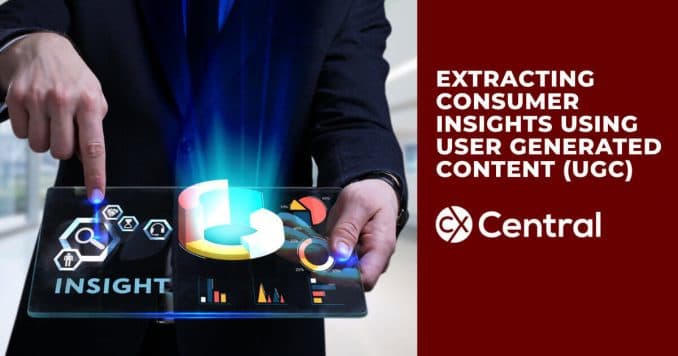
How User-Generated Content is helping with Consumer Insight
The use of User-Generated Content (UGC) has increased considerably in recent years.
Nowadays, many companies and brands use user-generated content for marketing and advertising purposes.
User-generated content holds value because it comes directly from the consumers, and therefore, it is authentic.
Moreover, UGC sheds light on a brand’s engagement. In other words, the more the brand’s engagement, the more is its UGC.
Given the importance of interaction and community for a brand in today’s age, UGC becomes even more significant.
Above all, you can also use UGC for extracting consumer insights since it comes from the actual users. How?
In this article, we will explain how you can extract consumer insights with UGC.
However, let us first look at consumer insights and what do you mean by consumer insights.
What are Consumer Insights?
In simple terms, consumer insights are an interpretation of consumer behaviour trends, which aims at business marketing and growth.
A business needs to consider its customers’ feedback, opinions, and needs, besides tracing their consumers’ behaviour.
Consumer insights are beneficial for a brand’s marketing, engagement, increased sales, improvement, and overall success and popularity.
For example, suppose you own a restaurant.
You can use customer insights to know how the food served in your restaurant tastes in such a case.
Consequently, you can improve your food’s quality or try changing your chefs if the consumer insights reveal that your customers are unhappy with the food served.
On the other hand, you can use the gathered insights for marketing if they are positive.
In this way, consumer insights prove to be highly beneficial for businesses.
What Is UGC Data and How Can You Extract Consumer Insights with It?
User-generated content (UGC) has shown unprecedented growth in recent years.
Today, UGG data accounts for most of the content data created on online platforms such as social media, blogs, or eCommerce sites.
UGC includes any form of content such as reviews, feedback, discussions, images, videos, blogs, and more, that is created by consumers of online products or services.
This content helps in a brand’s marketing, promotion, and building its engagement.
Many big corporations also use UGC to extract consumer insights.
The consumer insights gained with UGC are authentic and more reliable than the ones gathered through surveys and polls.
These insights are also used by brands for their improvement or for launching new products that are on par with consumers’ expectations and requirements.
For example, big eCommerce brands such as Amazon use consumer insights extracted with UGC to develop their own private labels, “AmazonBasics” in the case of Amazon.
And guess what? In most cases, private labels are far better and more affordable than traditional brands.
Why? This is because big businesses have access to the so-called “alternative data,” which they use to understand their customers’ needs.
Let’s see how big corporations perform alternative data collection.
How do Brands Obtain Alternative Data?
Most businesses and brands use web scraping tools to scrape or extract data available on eCommerce and social media platforms.
Web scraping is an automated process used to collect targeted data from different sites faster.
However, their web scraping tools or software can be banned or restricted due to robust security on many websites.
To bypass such restrictions, many tend to use web scraping proxies.
Some of these web proxies are hassle-free to use, and they don’t require any coding.
For instance, you can use Scrapezone SDK if you want to scrape Best Buy products without coding.
The extracted alternative data can further be used for consumer insights.
How?
How Can Alternative Data Be Used for Consumer Insights?
The alternative data extracted with the help of web scraping tools can be used for consumer insights by running text analytics and sentimental analysis on it.
Text analytics and sentimental analysis are essential for the following reasons:
- To have an early understanding of emerging trends.
- For gap analysis in order to identify the features that consumers find missing with your competitor’s products.
- To fine-tune your marketing communication based on your competitor’s marketing and business strategies.
Conclusion
User-generated content is a boon for businesses as it plays a vital role in marketing and advertising.
However, many big eCommerce companies also use UGC to extract consumer insights.
Consumer insights are an interpretation of consumer behaviour and their opinions.
UGC includes real-time data by consumers, such as reviews, feedback, discussion, and more.
On products and services, it becomes an authentic source of consumer insights.
Companies can extract UGC using web scraping tools, and the extracted data can be used to gather consumer insights.
As a result, businesses can benefit a great deal by understanding the latest trends, their competitor’s business strategies, their consumer’s preferences, and much more.
UGC, thus, is undoubtedly a revolution for the eCommerce industry.




